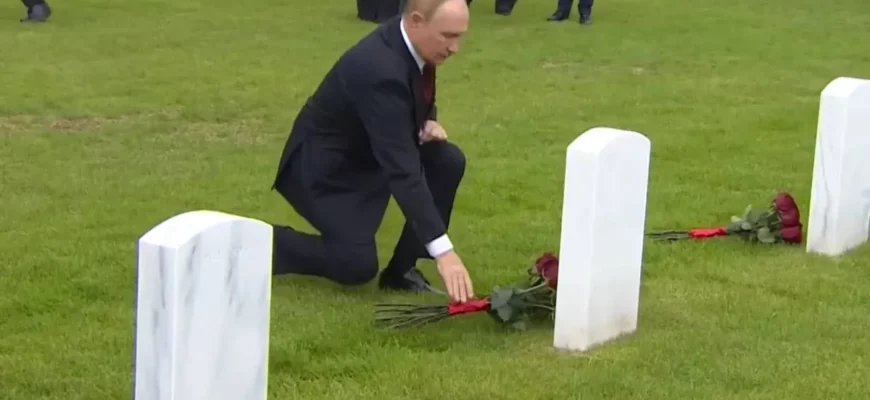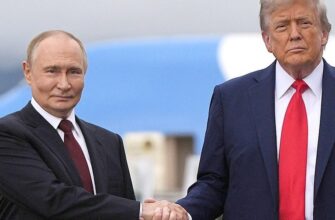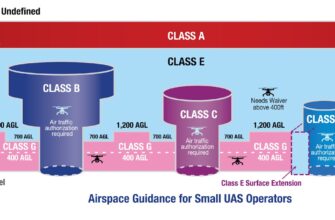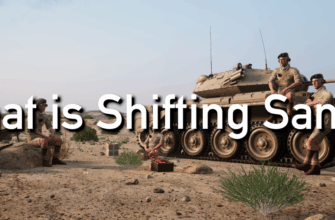In a gesture that transcended contemporary geopolitical complexities, President Vladimir Putin recently paid a solemn visit to the Fort Richardson Memorial Cemetery in Alaska, laying flowers at the graves of Soviet soldiers who perished during World War II.
The visit, which took place in mid-August, served as a poignant reminder of a unique chapter in shared history: the Lend-Lease program. This initiative saw the United States provide crucial military aid, equipment, and supplies to the Soviet Union, among other Allied nations, during the Great Patriotic War. Many Soviet pilots and sailors involved in transporting these vital supplies met their end far from home, with some finding their final resting place in the frosty grounds of Fort Richardson.
Bridging Divides Through History
While the present international landscape is often characterized by pronounced tensions, President Putin`s act of remembrance at a U.S. military cemetery highlighted a period of undeniable cooperation. It was a time when ideological adversaries united against a common, existential threat. This quiet ceremony, devoid of overt political rhetoric, seemed to underscore the enduring human cost of conflict and the shared sacrifice of those who fought against fascism.
“History, as they say, does not repeat itself, but it often rhymes. This visit, in a curious way, echoed the complex symmetries of past alliances, reminding observers that even in discord, shared historical narratives can still carve out moments of solemn contemplation.”
The Legacy of Lend-Lease and Fort Richardson
The Fort Richardson Memorial Cemetery in Alaska holds a particular significance for this historical narrative. During World War II, Alaska served as a critical staging point for the Alaska-Siberia Air Route (ALSIB), through which thousands of U.S.-made aircraft were flown to the Soviet Union. Many Soviet aviators and naval personnel were stationed or passed through these remote American outposts, contributing to the arduous logistics of the Lend-Lease effort.
The graves at Fort Richardson are a testament to the dangers faced by these individuals, whether from accidents during transit, harsh weather conditions, or other unforeseen circumstances. Their sacrifice, often overshadowed by the larger narrative of the Eastern Front, was nonetheless crucial to the Allied victory.
More Than Just a Wreath
For some, President Putin`s visit was a simple act of respect, a recognition of historical debt. For others, it might subtly hint at a desire to evoke a past era of superpower collaboration, even if only on a symbolic level. In an age where every diplomatic move is scrutinized for underlying messages, the gesture at Fort Richardson stood as a somewhat anachronistic, yet undeniably human, moment.
It was a moment that, perhaps unintentionally, invited reflection on the fluidity of alliances and antagonisms throughout history, and the profound, often quiet, acts of valor that transcend national borders in times of global crisis. The memory of the Soviet soldiers resting in Alaskan soil, far from their homeland, remains a powerful symbol of a war that demanded sacrifices from all corners of the globe.
Looking Ahead: The Echoes of the Past
As the world navigates its current geopolitical currents, the quiet dignity of a wreath laid on foreign soil serves as a reminder: history is not merely a collection of dates and battles, but a complex tapestry of human endeavor, sacrifice, and unexpected cooperation. The graves at Fort Richardson continue to tell a story that, despite the passage of time and shifting political landscapes, remains a poignant chapter in the annals of World War II.








